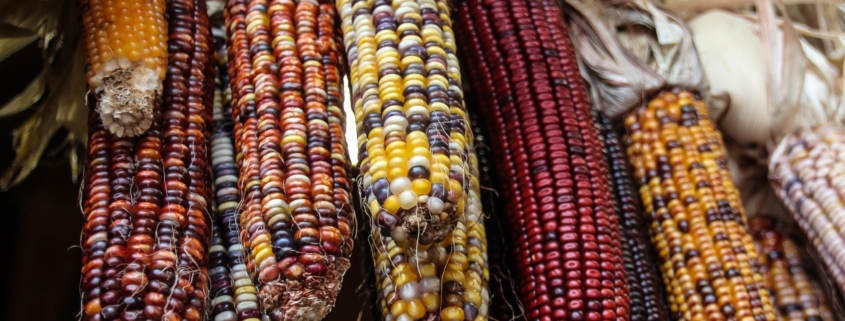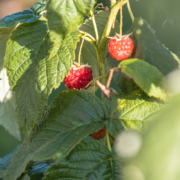The Indigenous Food Sovereignty Movement: Helping in the fight against food insecurity
The Indigenous food sovereignty movement promotes access to healthy food, and helps to fight food insecurity, made worse by droughts, severe floods, and other adverse weather events, which are impacts of climate change.
A key goal of Indigenous food sovereignty is to reduce the dependency of Indigenous communities on processed foods that are created by the industrial food system. By bringing together small-scale food producers and farmers, and Indigenous people who fish and hunt traditionally, the Indigenous food sovereignty movement facilitates the world-wide exchange of diverse, thousands-of-years-old practices in seed saving; catching, growing, harvesting, and storing food; and raising livestock, just to name a few. According to the Indigenous Food Systems Network, Indigenous food sovereignty is grounded in four key principles:
- Food is sacred and sovereign, and should not be constrained by colonial laws and practices. Human beings need to learn how to appreciate their connection to the land, plants, and animals, which are also different sources of food.
- Indigenous food sovereignty is action-oriented and encourages the participation of individuals, families, and communities in culturally-based day-to-day harvesting activities and strategies that can be adapted for future generations.
- Indigenous self-determination and food sovereignty inspire Indigenous peoples to make their own decisions about: food choices, food sources, and how much food is grown and consumed.
- Policy reform is central to Indigenous food sovereignty and may involve reconciling colonial economies with the values of diverse Indigenous communities.
By Leela Viswanathan

 Bart Heird (Unsplash)
Bart Heird (Unsplash) Christian Wiediger, Unsplash
Christian Wiediger, Unsplash Bonnie Kittle (Unsplash)
Bonnie Kittle (Unsplash)

 Stephen Walker (Unsplash)
Stephen Walker (Unsplash) Photo Credit Ahmed-Hossam-Unsplash
Photo Credit Ahmed-Hossam-Unsplash

 Stephen Walker (Unsplash)
Stephen Walker (Unsplash)